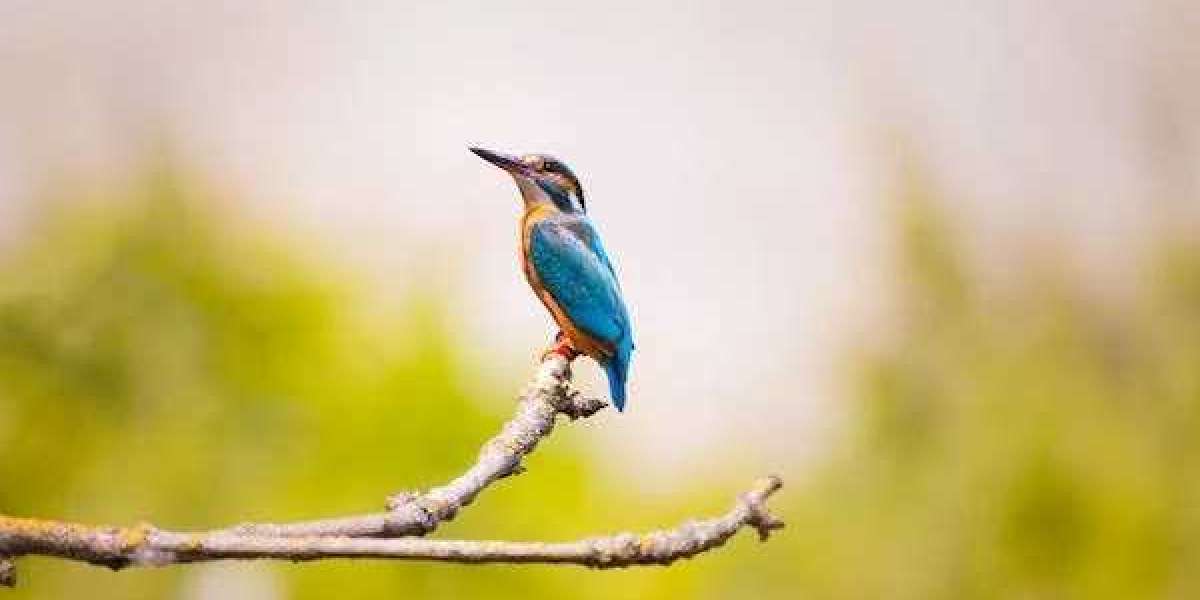Lilac Breasted Roller bird is a magnificent creature that inhabits the African continent. It is a bird of unique beauty, with a striking combination of colors that makes it stand out from other birds. The Lilac Breasted Roller is a bird of many names - some call it the African Roller, while others refer to it as the Fork-Tailed Roller. Whatever name it goes by, it remains a jewel of African skies and a wonder to behold. In this article, we will explore the features, habitat, behavior, and interesting facts about this stunning bird.
Features of Lilac-Breasted Roller Bird
The Lilac Breasted Roller bird is a medium-sized bird with a length of about 14 inches and a weight of approximately 100 grams. Its most distinct feature is its colorful plumage, which features a lilac-colored breast, a bright blue crown, and a mix of green, turquoise, and purple on its back and wings. The bird also has a forked tail that makes it easy to identify.
Habitat and Behavior
The Lilac Breasted Roller bird is native to sub-Saharan Africa and is found in open woodlands, savannas, and grasslands. It is a territorial bird that lives in pairs or small family groups. The bird is also known for its aerial acrobatics and is often seen perched on trees or hovering in mid-air before diving to catch its prey, which consists of insects, lizards, and small mammals.
Interesting Facts
The Lilac Breasted Roller bird is the national bird of both Kenya and Botswana.
The bird is highly valued for its colorful feathers, which are used for decorations and traditional African attire.
During courtship, the male bird performs a courtship flight that involves diving and rolling in mid-air while displaying its colorful plumage.
The Lilac Breasted Roller bird has a unique vocalization that sounds like a shrill, piercing cry followed by a soft purr.
Conclusion:
The Lilac Breasted Roller bird is a magnificent bird that is highly valued for its stunning beauty and unique features. Its aerial acrobatics and territorial behavior make it a fascinating bird to watch, while its colorful feathers have made it an important bird in African culture. As we continue to explore the natural world, let us appreciate and protect these beautiful creatures for generations to come.



